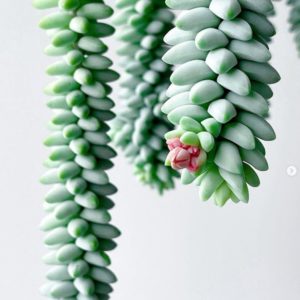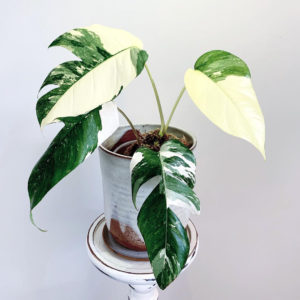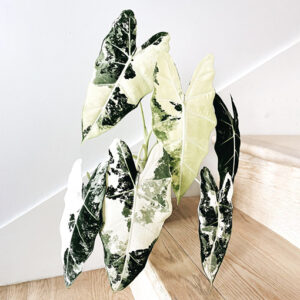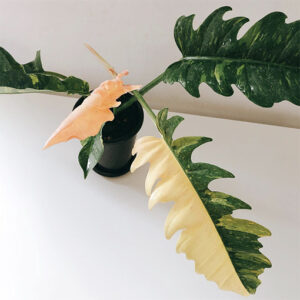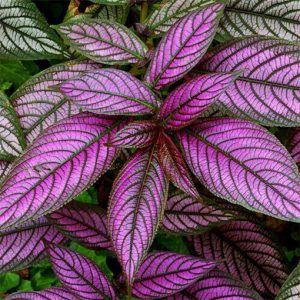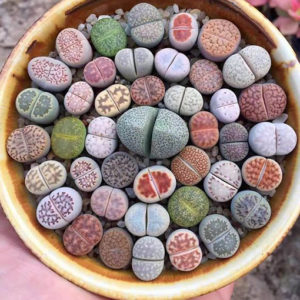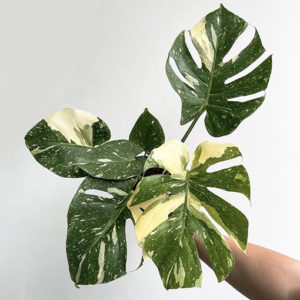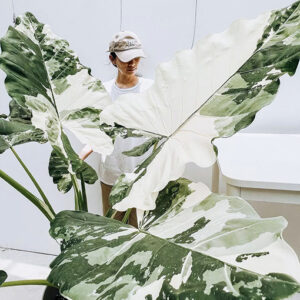
#Thejunglecollective!
Key Facts About Ornamental Pears: Beauty Beyond the Bite
Ornamental pears are not your typical fruit-bearing trees. These captivating additions to the landscape offer a dazzling display of flowers in spring, vibrant foliage throughout the year, and often stunning fall color. While some varieties produce small, inedible fruits, the ornamental pear’s true appeal lies in its aesthetic value. Let’s delve into the key facts about ornamental pears, helping you decide if these beauties belong in your garden.
A Spectrum of Beauty: Varieties and Characteristics
There are over 30 species and countless cultivars of ornamental pears, offering a diverse range of sizes, shapes, and flower colors. Here are some popular varieties to consider:
Bradford Pear (Pyrus calleryana ‘Bradford’): This fast-growing, vase-shaped tree boasts a profusion of white flowers in spring and glossy green leaves that turn yellow, orange, and red in fall. However, its brittle branches and susceptibility to disease have led some regions to discourage its planting.
Arianna Pear (Pyrus calleryana ‘Arianna’): This Bradford pear alternative offers similar spring blooms but with a more upright, pyramidal growth habit and stronger branching. It displays good fall color as well.
Chanticleer Pear (Pyrus calleryana ‘Chanticleer’): A popular choice, this compact, pyramidal tree has white flowers in spring and glossy green leaves that take on fiery red hues in fall. It’s known for its disease resistance and low-maintenance nature.
Cleveland Select Pear (Pyrus calleryana ‘Cleveland Select’): This disease-resistant selection of the Callery pear boasts a narrow, upright habit and abundant white flowers in spring. It’s a good option for smaller spaces.
Flowering Pear (Pyrus pyrifolia): This elegant, spreading tree features fragrant white flowers in spring and glossy green foliage that turns bronze in fall. It’s known for its long lifespan and drought tolerance.
Beyond the Blooms: Benefits and Considerations
While ornamental pears are known for their stunning blooms, they offer other benefits:
Fast-Growing Option: Ornamental pears are generally fast-growing trees, providing a quick way to add visual interest and shade to your landscape.
Low-Maintenance Appeal: Many varieties require minimal pruning and care, making them suitable for busy gardeners.
Drought Tolerance: Some ornamental pear varieties are known for their drought tolerance, thriving in areas with less rainfall.
However, there are also some considerations to keep in mind:
Fruit Factor: While the fruit of ornamental pears is inedible, it can be messy and attract unwanted pests. Regular removal may be necessary.
Potential for Disease: Some varieties, especially the Bradford pear, are susceptible to diseases like fire blight. Choosing disease-resistant cultivars like Chanticleer or Cleveland Select can help mitigate this risk.
Branching Issues: Some ornamental pears, particularly the Bradford pear, have a tendency for weak branching that can lead to limb breakage in storms. Choosing varieties with stronger branching habits is important.
Planting and Caring for Your Ornamental Pear
If you’ve decided to add an ornamental pear to your garden, follow these simple tips:
Choosing the Right Spot: Select a location with full sun and well-drained soil. Ornamental pears can tolerate a variety of soil types but dislike wet feet.
Planting Power: Plant your ornamental pear in spring or fall when the weather is mild. Dig a hole twice the width of the container and slightly deeper. Gently loosen the roots and place the tree in the hole. Fill the surrounding space with soil and water thoroughly.
Watering Wisely: Water your newly planted ornamental pear regularly, especially during its first growing season. Once established, it’s generally drought tolerant but will appreciate deep watering during dry spells.
Mulch Magic: Apply a layer of organic mulch around the base of your tree to retain moisture, suppress weeds, and regulate soil temperature.
Minimal Pruning: Ornamental pears require minimal pruning. However, you can lightly prune after flowering to maintain desired shape or remove any dead or diseased branches.
Beyond the Basics: Creative Uses for Ornamental Pears
Ornamental pears offer more than just visual appeal in the landscape:
Specimen Spotlight: Plant your ornamental pear as a focal point in your garden bed, allowing its spring blooms and fall color to take center stage.
Allée Appeal: Plant a row of ornamental pears along a driveway or pathway to create a stunning allée, adding a touch of grandeur to your property.
Privacy Power: Larger varieties of ornamental pears can be used to create privacy screens, offering a beautiful and natural alternative to fences.






